1. Dogs Did Not Start Out as Companions
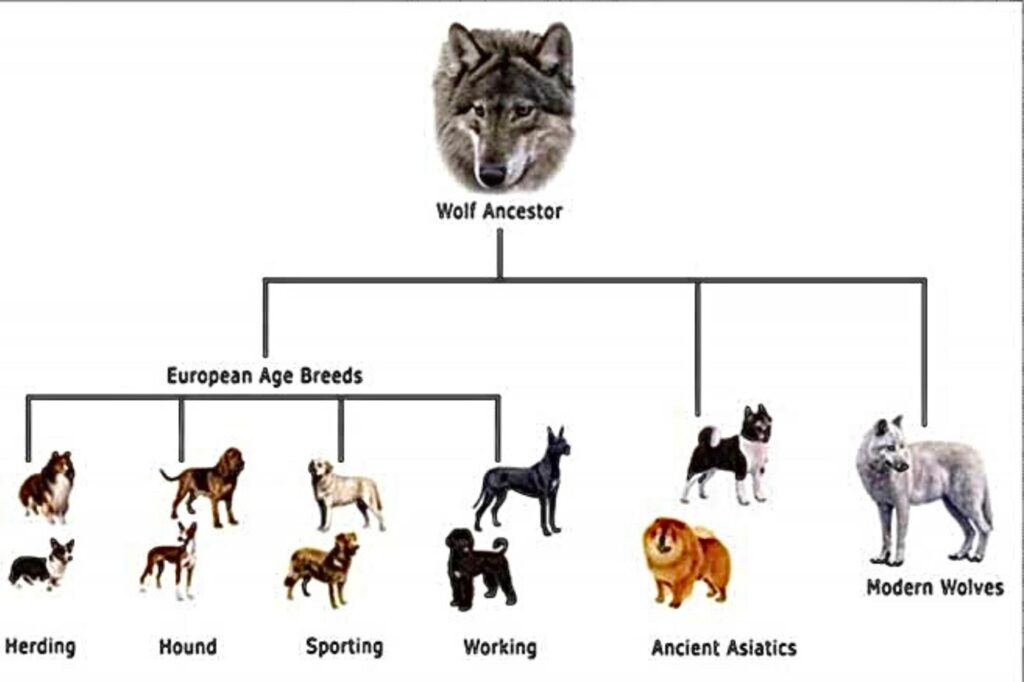
The earliest dogs were descendants of wolves, but not necessarily the powerful, predatory kind. The process began with natural selection favoring the wolves least afraid of humans, who were drawn to the easily accessible leftover food scraps near ancient human campsites. These early, timid scavengers were not domesticated overnight. Their survival depended on a subtle alignment of behavior: the animals that could tolerate human presence and faintly interpret human cues gained a crucial advantage, setting the stage for all future dog-human communication.
2. Early Human Settlements Created New Opportunities

As human groups transitioned toward more stable, permanent settlements, they inadvertently created new ecological niches marked by predictable food sources like waste piles. Scavenger wolves adapted to this environment, reducing their reliance on hunting large prey. This selective pressure favored individuals who were calmer, less aggressive, and more attentive to human routines. Over millennia, this new survival strategy shaped their behavior and physiology long before any intentional training. The new environment itself drove the initial evolutionary shifts away from true wolf behavior.
3. Early Dogs Were Observers First, Not Helpers

The ancestors of modern dogs did not initially serve humans by guarding or hunting. Their primary survival tool was keen observation of human movement and emotional tone. A calm voice or relaxed posture might signal safe proximity or the availability of food, while tense voices or sudden movements signaled danger, requiring distance. Interpreting these subtle human expressions provided practical, life-saving information. These daily survival decisions, reinforced by generations, gradually shaped the deep emotional sensitivity characteristic of dogs today.
4. Early Humans Also Responded to the Early Dogs

Domestication was a two-way process. Early humans began to indirectly benefit from the presence of these scavenger wolves when they signaled an alarm, barking at the approach of predators or unfamiliar people near the camp. This useful behavior made the presence of certain wolves tolerable, or even welcome. Humans began to passively encourage the most cooperative individuals by simply allowing them to stay, forming a positive feedback loop. This nascent mutual benefit strengthened the developing bond long before dogs were formally trained or selectively bred.
5. Changes in Appearance Accompanied Behavioral Shifts
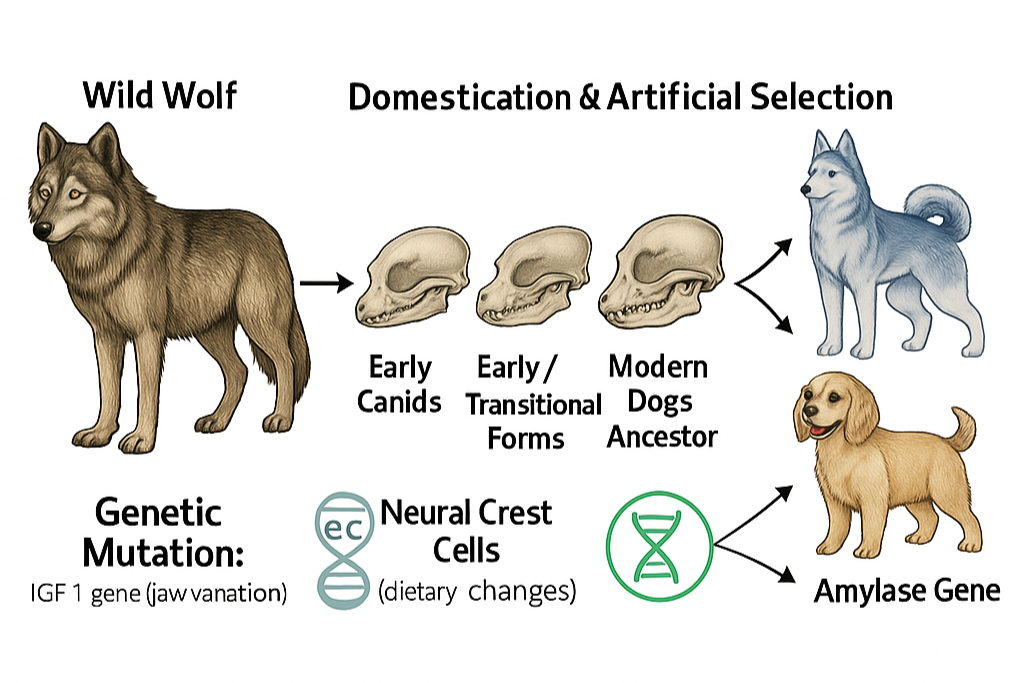
The shift to a less stressful, more settled existence alongside humans resulted in significant biological changes known as the domestication syndrome. These included a reduction in stress hormones, which influenced growth patterns, leading to characteristic traits like shorter snouts, smaller teeth, and more varied coat colors than their wolf ancestors. These physical changes were not cosmetic; they were biological consequences of selecting for a calmer, less fearful, and less aggressive temperament, making the animals physically and psychologically better suited for close-range social interaction with people.
6. Dogs Developed Sensitivity to Human Voice Patterns

Dogs evolved a remarkable ability to process human speech by separating emotional content from semantic content. fMRI brain imaging studies show that dogs analyze emotional tone (intonation, rhythm, volume) in one area of the brain, while processing meaning-like cues (familiar commands, specific words) in another, mirroring a structure found in the human brain. This specialized neural wiring allows dogs to understand how we say something just as clearly as what we say, a vocal adaptation that is unusually specific to the dog-human relationship.
7. Eye Contact Became a Form of Communication
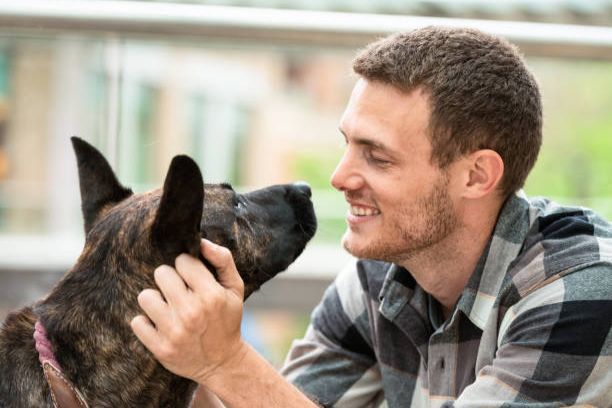
Unlike wolves, which view prolonged eye contact as a challenge or threat, dogs developed the ability to use soft, extended eye contact as a social bonding tool with humans. Research has demonstrated that when a dog and human gaze into each other’s eyes, both species experience a reciprocal surge in oxytocin, often called the “love hormone,” which strengthens attachment. This is a co-evolved feedback signal, unique among domesticated animals, that chemically reinforces the dog-human connection.
8. Dogs Learned to Read Facial Expressions

Scientific testing confirms that dogs can readily distinguish between a range of human emotional expressions, including happy, angry, and fearful faces. They achieve this by intently observing subtle muscle movements, especially around the mouth and eyes. Eye-tracking studies reveal that dogs focus on the human eye region differently than wolves do, suggesting they developed a specific cognitive strategy during domestication to interpret complex human facial cues that are essential for social engagement.
9. Understanding Gestures Came Later
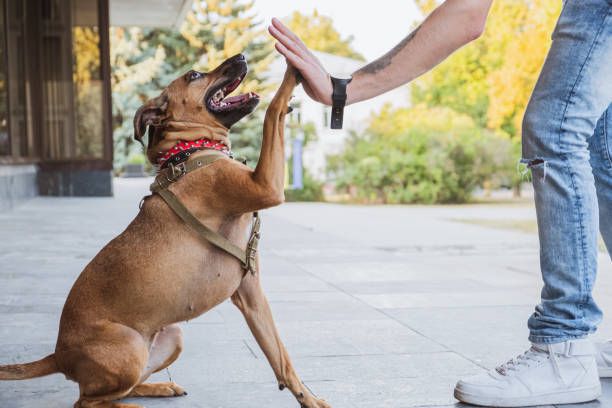
One of the most profound communicative adaptations is the dog’s innate ability to understand pointing. Most animals, including non-human primates, struggle to interpret a pointed finger as a directional cue. However, dogs, even as untrained puppies, instinctively understand that a pointed finger indicates an object or location of interest. This highly specialized, prosocial skill suggests that communication via human gesture became deeply embedded in the canine genome over the thousands of years of mutual adaptation and cooperative living.
10. Dogs Use Body Language to Predict Behavior

Dogs are masters of observational prediction, constantly monitoring human posture, speed of movement, and muscle tension to rapidly assess emotional states. A relaxed stance signals safety, while rapid, uneven motions signal urgency or tension. This predictive skill, honed by evolutionary pressure for survival, allows dogs to anticipate human intentions before they are explicitly communicated, giving them the appearance of being uncannily “in tune” with their human partners. It is a highly practiced form of observation reinforced by evolutionary success.
11. Scent Plays a Larger Role Than Most People Realize
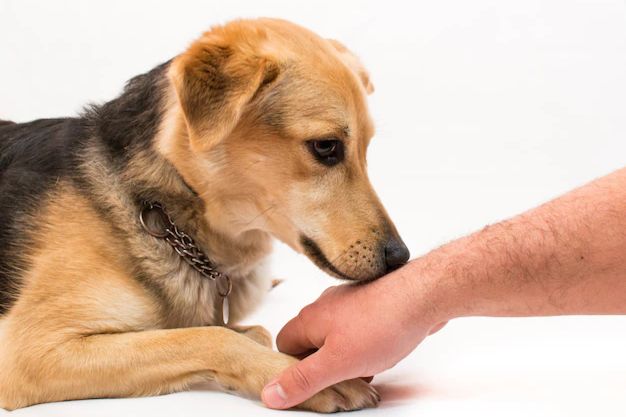
Dogs possess an extraordinarily sophisticated sense of smell, with approximately 220 million olfactory receptors compared to a mere 5 million in humans. This allows them to detect minute changes in human body chemistry, such as shifts in stress hormones, fear, or excitement. They don’t just respond to visible cues; they can often smell emotional states before they are consciously visible or audible. This incredible capacity forms the biological foundation for specialized dogs who detect medical conditions like blood sugar drops or certain cancers.
12. Breed Diversity Changed Specialization, Not the Foundation
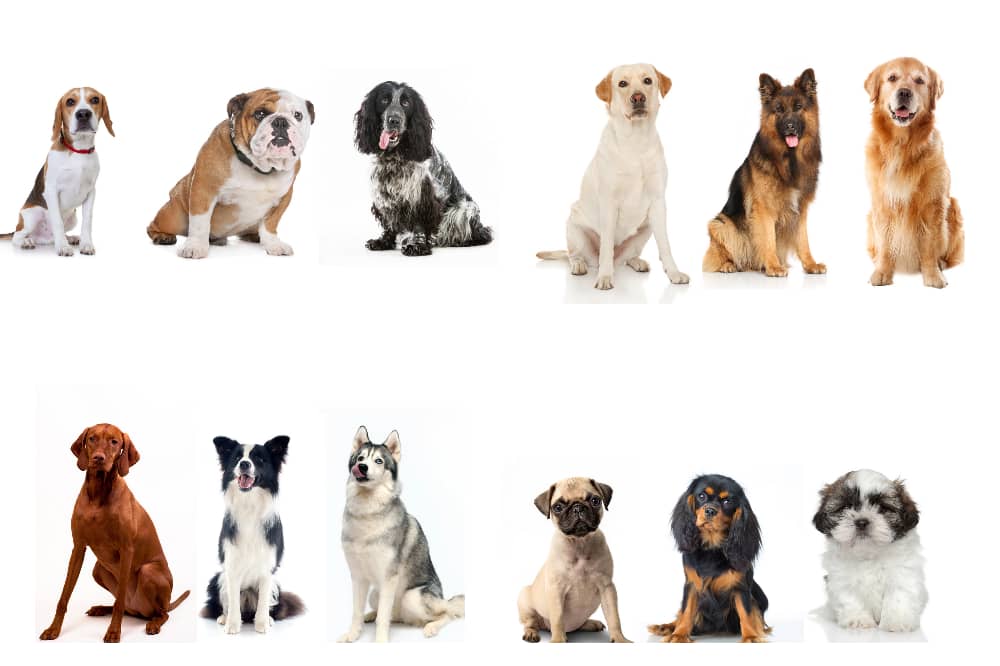
Modern dog breeds exhibit enormous variation in size, temperament, and specialized skills (e.g., herding, hunting, companionship). However, these breed-specific traits are built upon an already established platform. The core communication abilities, interpreting tone, reading faces, and following gestures, developed during the early, foundational period of domestication. Breed specialization merely amplified or selected for specific behavioral strengths, not created the fundamental ability to connect with humans.
13. Dogs Do Not Understand Emotions the Same Way Humans Do

While dogs are exceptionally skilled at identifying and responding to human emotional signals, their interpretation is based on patterns and associations, not on human abstract reasoning or conceptual thought. They register that a sharp tone correlates with tension or disapproval, or a calm tone correlates with safety and reward. Their understanding is precise and situational, relying on an emotional map formed by thousands of past experiences rather than abstract mental modeling of human consciousness.
14. Human Social Structure Encouraged This Evolution

Humans are a highly cooperative and expressive species, relying heavily on complex gestures, facial expressions, and vocal tones to manage social interactions. A scavenger animal living in close proximity to this type of social group would gain a distinct advantage by decoding these signals. This constant evolutionary pressure made the ability to understand human emotional cues central to canine survival and success, shaping their behavior, perception, and even brain structure over time.
15. Domestication Changed the Dog Brain
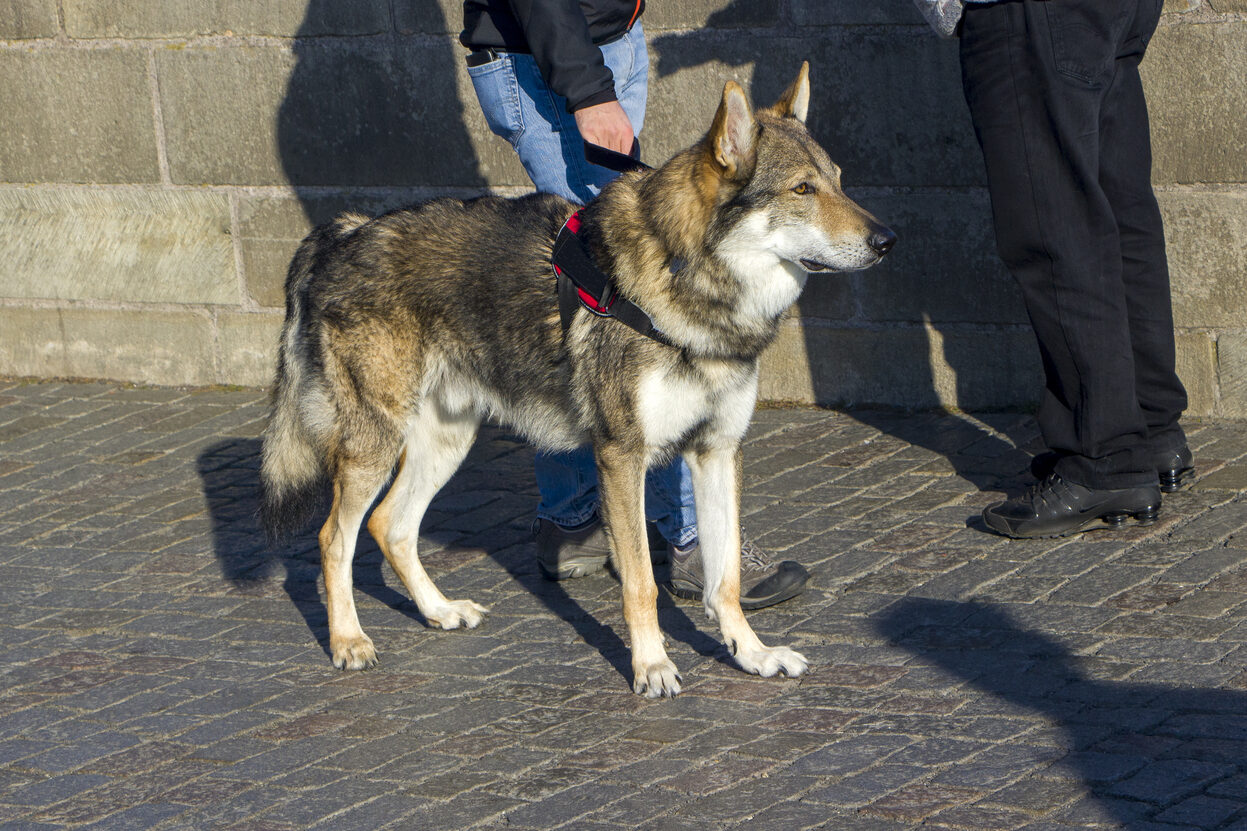
Advanced brain imaging research has revealed physical differences between dog and wolf brains. Dogs show increased functional connections between brain regions responsible for social processing (like the amygdala) and those handling sensory input (eyes, ears, nose). This reorganization allows dogs to integrate multisensory information quickly to interpret social context. The dog brain is not a simpler version of the wolf brain; it is a re-wired brain specifically adapted for the demands of the human social environment.
16. Dogs Learn Quickly From Human Feedback
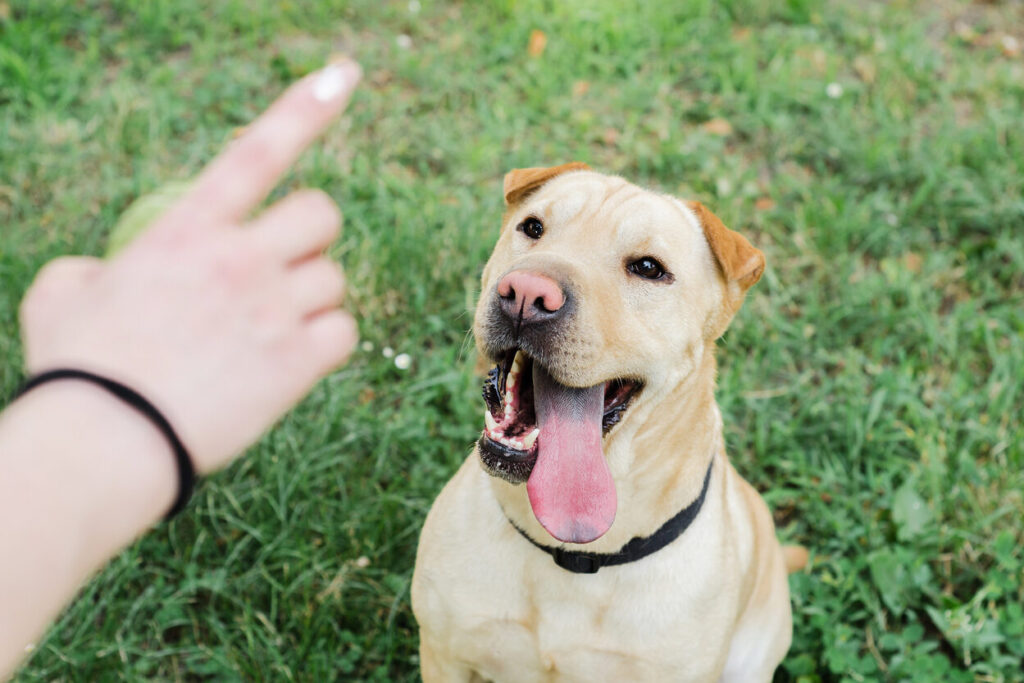
A dog’s high degree of social adaptability makes them uniquely trainable. They learn by rapidly observing which of their behaviors lead to a positive, approving emotional response from humans (rewards, calm tone, affection) and which lead to negative or neutral responses. This learning occurs primarily through association and social approval cues. Their evolutionary history makes them highly attuned to human emotional feedback, reinforcing their responsiveness to routine and cooperative tasks.
17. Co-evolution Continues Today
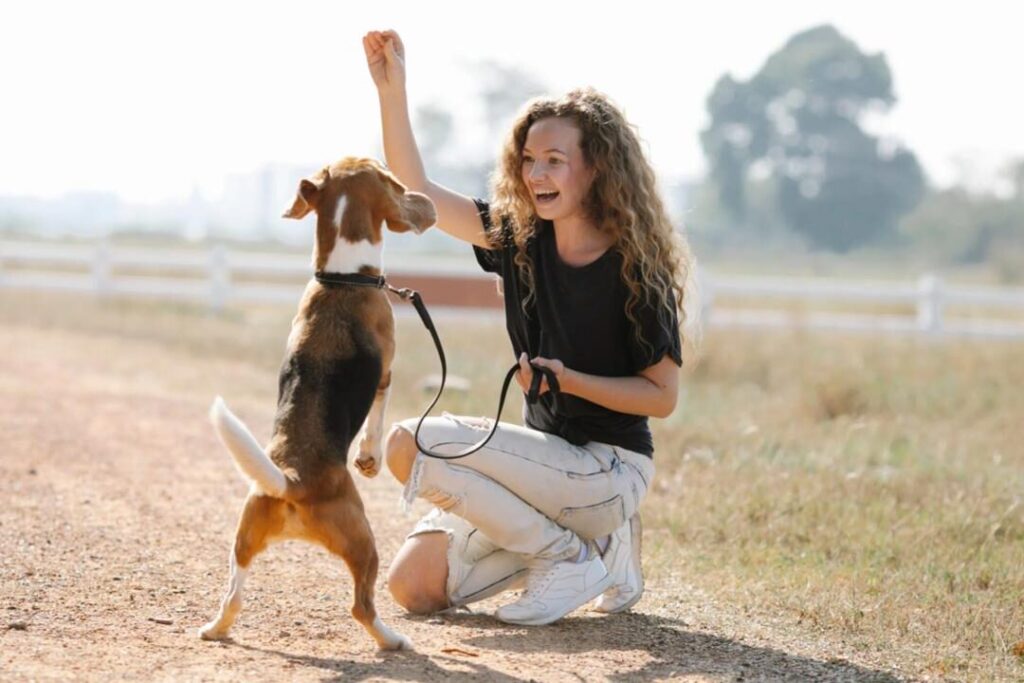
The dog-human relationship is not a finished chapter of history; it is a dynamic and ongoing process. Humans continue to influence dog behavior and genetics through selective breeding and daily training. Simultaneously, dogs influence human behavior, affecting our social routines, reducing our stress response, and even impacting our hormonal balance. The bond is continually being shaped and reinforced by the daily interactions that define the domestic partnership.
18. The Bond Is Built on Shared Communication Systems

The profound feeling that your dog can “sense how you feel” is not a mystical connection but the beautiful result of tens of thousands of years of intertwined evolution. Dogs are biologically adapted to read human social signals, and humans, in turn, are biologically adapted to respond to dogs. The connection is a highly functional, mutual adaptation, shaped by survival and communication, making the dog the world’s most socially attuned domestic animal.
This incredible story of co-evolution shows that the dog sitting next to you is a living, breathing testament to the power of adaptation and mutual survival. Their ability to read your emotions is a sophisticated biological skill, making them the most successful, and beloved, animal partner in human history.
This story How Dogs Evolved to Understand Human Emotions was first published on Daily FETCH


